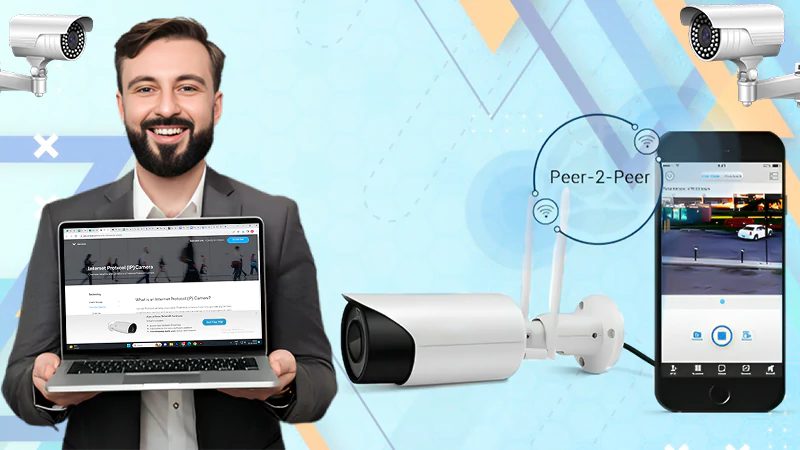Importance of preventive maintenance
Thanks to preventive maintenance, it is possible to avoid most equipment failures in the production of goods and services. Indeed, preventive maintenance is especially related to capital goods, although it can also affect the buildings in which these goods are located. When maintaining the equipment involved in a given activity, you try to avoid a sudden accident or a malfunction that could cause a significant economic loss. Although preventive maintenance also involves an outlay of money, the truth is that it is much smaller and is controlled, which means that there is certain predictability.
Any company that prides itself on being prepared for the future must make plans for all areas of its business. When there is unpredictability or when it is impossible to estimate the circumstances that will face a company or department, it is very difficult to make decisions. Maintaining the different assets used for a specific part of your business makes it possible to significantly reduce production surprises, that is, surprises with financial implications.
Preventive maintenance can involve a variable number of tasks, such as the replacement of equipment or supplies, or the diagnosis of problems and solutions. Over time, various procedures are designed that allow the most typical and recurrent problems to be under control and simplified. In fact, maintenance of this nature is usually quite cyclical, The problems that may arise will result from a limited universe of causes, and maintaining a good procedures manual will undoubtedly be enough to improve a lot in this regard.
Today it is possible to find a wide variety of tools for this type of maintenance, especially when it comes to various forms of systematized production. Some of them refer to specific software that serves as a monitoring element for possible breakdowns. It is also possible to find protection systems that seek to reduce losses when there is a certain problem, a kind of insurance that will automatically stop the operation if a risk is identified. As we can see, all these types of tools tend to generate additional work for the maintenance department.
The importance of Preventive Maintenance in your company
Preventive Maintenance refers to regular and routine maintenance to help keep equipment running, avoiding any unplanned downtime and high costs due to unforeseen equipment failure. It requires planning and scheduling equipment maintenance before there is an actual problem, as well as keeping accurate records of past inspections and service reports. If you are going to service your Atlas Copco GA 18 and GA Series Compressors, for instance, you need to know what maintenance work has been done on them in the past.
This is a systematic inspection of equipment detecting and correcting potential problems to prevent equipment failure before it occurs. In practice, a preventive maintenance program may include such things as cleaning, lubrication, oil changes, adjustments, repairs, inspection, and replacement of parts, and partial or complete overhauls that are scheduled regularly. This will vary depending on the operation and the type of equipment.
It also includes much more than just performing routine equipment maintenance. It also means keeping accurate records of every inspection and service, as well as knowing the useful life of each part to understand the frequency of replacement. These logs can help service technicians anticipate the right time to change parts and can also help diagnose problems when they do occur.
Benefits of preventive maintenance
There is no doubt that the advantages we have obtained by having a preventive maintenance plan have been innumerable, having a strong impact on the positive results of our processes, to mention a few advantages: Avoid breakdowns, reduce costs, reduce downtime invested in repairs, extending the useful life of the equipment, availability of the equipment by having it in optimal conditions, allowing the technician and operator to know their equipment in depth, prevent defects in the product and avoid contamination in both the final product and the raw material.
How to apply Preventive Maintenance
To apply it in the first place, it will be necessary to identify all the equipment, especially the critical ones for the process, and define the maintenance activities to be carried out on each piece of equipment, based on the recommendations of the producer and the experience of the maintenance technician and the Operator, define the frequencies for each activity, divide the activities that the operator can carry out, the activities that the mechanic will carry out, the electrical ones and in case of applying an external one, with this information a maintenance plan is generated, which through a system accommodates all the activities to divide them by frequencies, executor, team and/or areas, and later as each activity has to be launched in work.
_____
Follow Us
Latest Post















